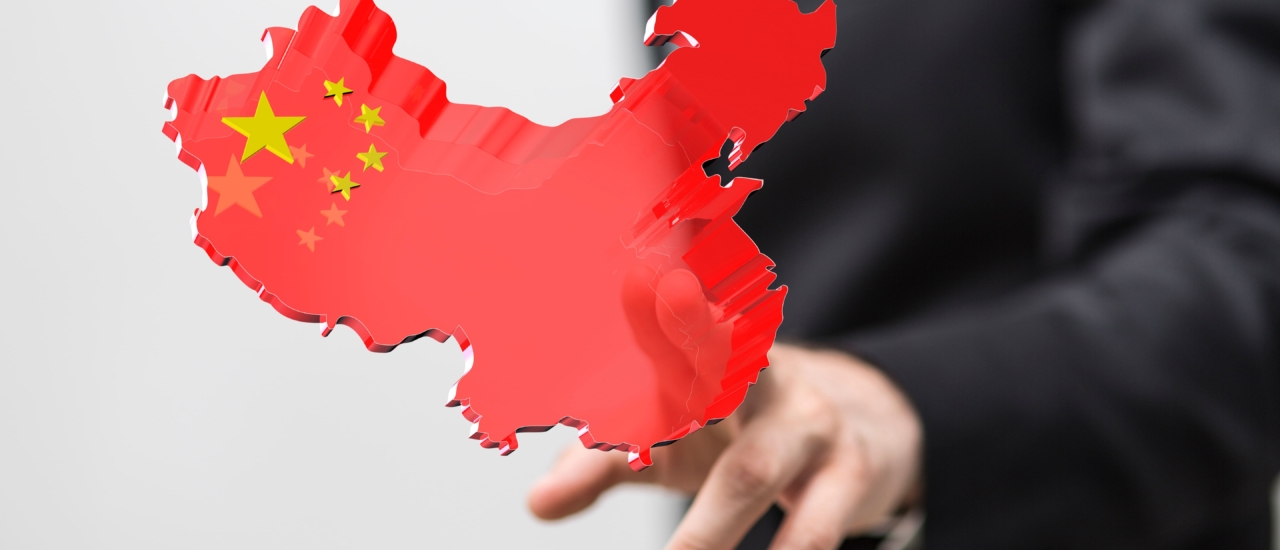
What distinguishes the Chinese WFOE from the German GmbH
For companies considering an entry into the Chinese market is the WFOE (also WOFE) the most popular type of company. WFOE stands for Wholly Foreign-Owned Enterprise. As the name suggests, it describes a company where only foreign investors are participating, 100% foreign-owned (could be corporate and individual). It is allowed since 1986 with the intention of bringing advanced technologies to China and to support a production focused on exports. WFOEs are flexible and are functioning autonomously, while money can be transferred into foreign countries. But how does a WFOE work, what are its characteristics and what do you need to consider? One way to answer these questions is by comparing the WFOE with the German company type that corresponds it the most: The limited liability company (GmbH).
Foundation process
The most significant differences between the company types are during the foundation process. The WFOE is characterized by a considerable checklist of formal requirements. The GmbH has much less than the WFOE. For example, sub-categories regarding the type of the company. Whilst they do not exist in German law (as there is only one type of GmbH), the sub-categories of the WFOE are depending on the following business activities:
- WFOEs in production
- WFOEs in consulting and service
- WFOEs in trade, sale, and franchise
There is no such restriction for a GmbH. Even for non-business purposes like management of own assets or only for being sold, a GmbH can be found.
The name of the WFOE is also much more formalized. It consists of the following components:
- Name of the company,
- Intended business activity,
- Company location and
- Company type (Co. Ltd.).
For the registration process, the responsible authority requires five different proposals and chooses one of them as the final name of the company.
Giving a GmbH a name is less complex. Nevertheless, the German rules of labeling an enterprise must be followed. According to these rules, the name needs to be clearly distinguishable and based on the activity of the company and name of shareholders. A phantasy name or a hybrid of these forms are also possible.
When having a closer look at the capital amount, the WFOE actually has less requirements.
- GmbH: 25,000€ (12,500€ paid initially)
- WOFE: 0€ (since 2014)
Nevertheless, the initial capital must be permitted by the authorities. Hence, there are specific recommendations depending on business purpose and location. All in all, WFOEs foundation does not only have higher formal requirements, but its foundation also takes much more time than the GmbH. Whilst the foundation of the GmbH takes about 3-4 weeks, founding a WFOE requires a duration of 2-3 months.
Internal organization
Both company types have in common, that they need to establish a supervisory board. For the GmbH this becomes relevant from 500 employees on. For the WFOE this regulation is relevant in any case. The number of supervisors depends on the size of the company. Larger companies are required at least three supervisors (together forming the supervisory board). For smaller companies are required one or two supervisors. More information about the supervisors do you find here.
Liability
There are no major differences between the company types concerning the liability. Both are limited in their liability. Nevertheless, both company types know some cases, in that the limited liability does not take effect and the shareholders are liable personally. Those are especially: the intentional immoral damage (e.g., concealment of imminent bankruptcy from creditors), abuse of limited liability (e.g., founding a company for a risky activity), and in the case of a single-member company the confusion of private and companies’ assets (e.g., in the case of deficient accounting).
Taxation
Both company types are bound to their countries, so they are also subject to different taxations. The most important tax for companies is the corporate income tax. It charges the income of the company with a tax. In China it is by default 25%, in Germany it is always 15%. In both countries, companies must pay value-added tax. Either is a deduction of input tax possible in both countries. For deduction of input tax in China, so called fa piao are fundamental. Those are invoices which cannot be issued arbitrarily, but only in limited amount. Fa paio are remitted by the authorities. More information about the fa piao do you find here.
Experience for many years of Ecovis Heidelberg
In summary we can say that both company types are pretty well comparable to each other concerning their structure, their internal organization, and their liability. Nevertheless, the WFOE is much more regulated than the GmbH. Furthermore, domestic and foreigners can invest in a GmbH. Meanwhile, acquisition of shares is only possible for foreigners and only after permission of the authorities. If you want to enter the Chinese market with your company, it is advisable to obtain legal and business advise. By this, you will on the one hand minimize the risks of an entry in the Chinese market due to the different market and legal system. On the other hand, you will maximize your chance of success of expanding in a not fully tapped market.

